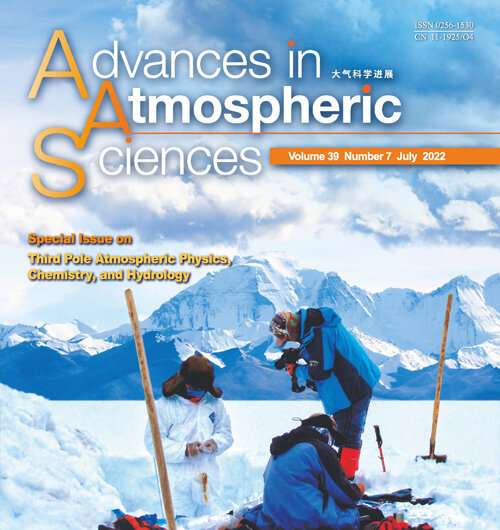Observational and modeling data help to better understand the Third Pole

The Tibetan Plateau, known as the "Third Pole" of the world, is not only the highest plateau on the Earth, but it is also considered the "Asian Water Tower." Its watershed nourishes more than ten major rivers in Asia.
Like the North and South Poles, the Tibetan Plateau is also extremely vulnerable to climate change. Glaciers on it have been retreating extensively in recent decades. Atmospheric warming, circulation changes associated with increasing concentrations of greenhouse gases, aerosols in the atmosphere, and light-absorbing particles, such as black carbon and dust on snow are all contributing to glacial retreat.
Recently, researchers from China, the U.S. and the Netherlands have curated their "Third Pole" climate studies into a special issue of Advances in Atmospheric Sciences. The journal is hosted by the Institute of Atmospheric Physics, Chinese Academy of Sciences.
"This special issue focuses on the analysis of observational and modeling data to better understand the roles that the Tibetan Plateau plays in Asia's climate and even the global climate," said Prof. Zhao Chun from the University of Science and Technology of China, and one of the guest editors of the special issue.
Regarding the Tibetan Plateau's future climatology as indicated in the preface of the special issue, so far, scientists have not reached a consensus on a robust method of obtaining reliable climate projections. A complete physical attribution of climate change over the Tibetan Plateau needs further analysis.
The studies published in the special issue also suggest that the regional feedbacks from topography, snow cover, and the chemical-radiative-dynamical coupling processes are critical processes in climate systems. Future research should aim to better resolve these parameters to improve simulations of regional climate and air quality over the Tibetan Plateau.
More information: Yun Qian et al, Understanding Third Pole Atmospheric Dynamics and Land Surface Processes and Their Associations with the Cryosphere, Air Quality, and Climate Change, Advances in Atmospheric Sciences (2022). DOI: 10.1007/s00376-022-2004-7
Journal information: Advances in Atmospheric Sciences
Provided by Chinese Academy of Sciences




















